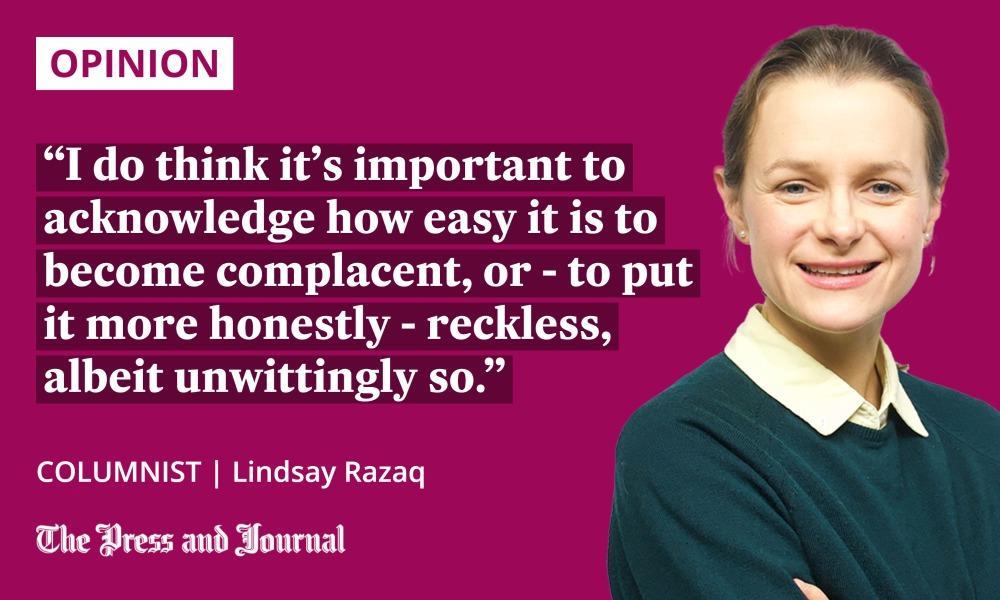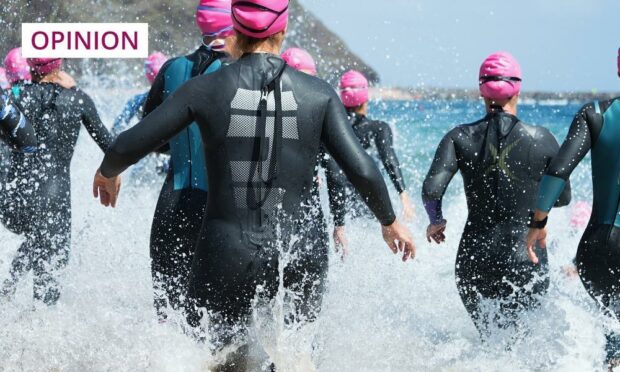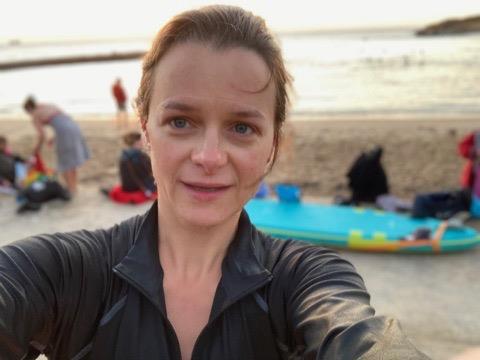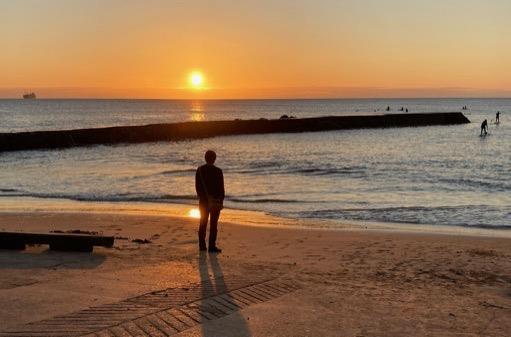As my mum hauls me along the short walk from the beach to my front door, I’m on the verge of telling her to call an ambulance.
I’m freezing cold, shaking uncontrollably and totally disoriented – unable to get my sentences out properly. I’m dizzy, too, feeling sick, as though I’m going to pass out.
And, the worst thing is that this is all my own doing.
I messed up – lost track of time during a sea swim – and stayed in too long. Way too long.

The water temperature was 7C, according to the app I use to monitor the tides and weather. That means, without a wetsuit, I should have been in no longer than seven to 10 minutes, approximately a minute for every degree.
My poor mum, waiting on the sand, who thankfully came with me, believes it was more like 20 minutes, possibly 25.
I’m still not exactly sure what happened. Maybe the six lengths between the two piers that I completed regularly last spring and summer took longer than usual because of a big swell. The water didn’t seem especially rough. But, looking from the shore, it can be deceptive.
Or, if I’m being truthful, it’s more likely I got carried away because I felt so invigorated.
How could I have been so irresponsible?
We get inside and the expressions on my dad and husband’s faces say it all. Fear is the overriding emotion – obviously they are worried – but also anger.
I’m annoyed with myself too, and embarrassed. How could I have been so irresponsible, so selfish?
All I can think about as I sit under the warm and then hot shower for over an hour are my two young children, four and almost two, fast asleep in their bedrooms and blissfully unaware of mummy’s stupidity.
And, even as I start to feel better, wrapped up in multiple layers beside the fire, I can’t shake this panicky sensation in my gut. Quite rightly, it’s with me for days.
I’ve since discovered that what I experienced is known as “afterdrop”. This is when the body’s core temperature continues to fall after a person gets out of cold water, and can cause symptoms of hypothermia.
I didn’t check mine when we first got back – we were too focused on dealing with the situation – but, alarmingly, it remained below normal the next morning.
A horrific ordeal, no doubt, although I’ve no wish to exaggerate, and, ultimately – luckily – I was fine.
Experience and equipment can’t eliminate danger entirely
In the end, no emergency help was needed – just a mother’s common sense and compassion. There were no lasting repercussions either, other than my nervousness about going in again, which – a few weeks on – I’ve still not mustered the courage to do.
Nonetheless, I do think it’s important to acknowledge how easy it is to become complacent, or – to put it more honestly – reckless, albeit unwittingly so. This is perhaps the most plausible explanation for the episode.
The sea was teaching me a lesson – a serious one about respect that I must take on board if I’m to keep swimming long-term
I’ve been swimming outdoors for a number of years now, in lakes in Scandinavia, in the sea abroad, and here. I once managed a cheeky dip at the Liberal Democrat party conference one autumn.
I also always diligently wear a fluorescent buoy around my waist, neoprene socks and gloves, as well as an all-over swimming costume designed to protect against jellyfish stings. So, yes, I am confident in the water, fancying myself a bit of a mermaid.
But, while experience and suitable equipment do reduce the risks, they can’t eliminate the danger entirely.
A serious lesson about respect
I forgot this for a beat and got my comeuppance, fortunately in a way that didn’t deny me a second chance. The sea was teaching me a lesson – a serious one about respect that I must take on board if I’m to keep swimming long-term, absolutely something I aspire to when I see the older women, who’ve been swimming daily for decades, out in the water.
Respect on several levels.
Respect for my humanity, and crucially, recognising my body’s limits. To push it to them, but to accept when enough is enough.
Respect for the time, energy and, indeed, lives of those who might have had to come to my aid had things turned out differently, as well as for my family’s reliance on me. We don’t exist in a vacuum. Clearly, our actions and choices affect others.
But – above all – respect for Mother Nature.
Writing this, I’m reminded of the evocative Navy Hymn, which I couldn’t stop humming in the aftermath of the Duke of Edinburgh’s funeral last year.
The line: “Oh, hear us when we cry to Thee, For those in peril on the sea” shouldn’t be taken lightly.
It’s wonderful to be able to make the most of the bounties of this beautiful earth. But we can’t afford to underestimate the untamed power of the natural world.
Lindsay Razaq is a journalist and former P&J Westminster political correspondent who now combines freelance writing with being a mum


















Conversation